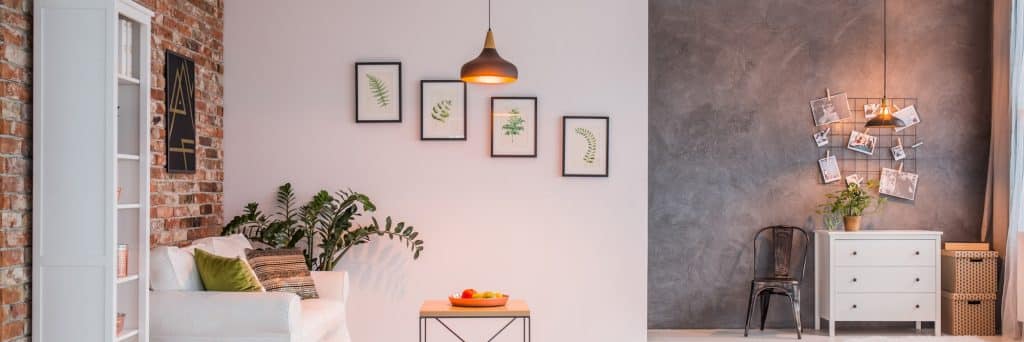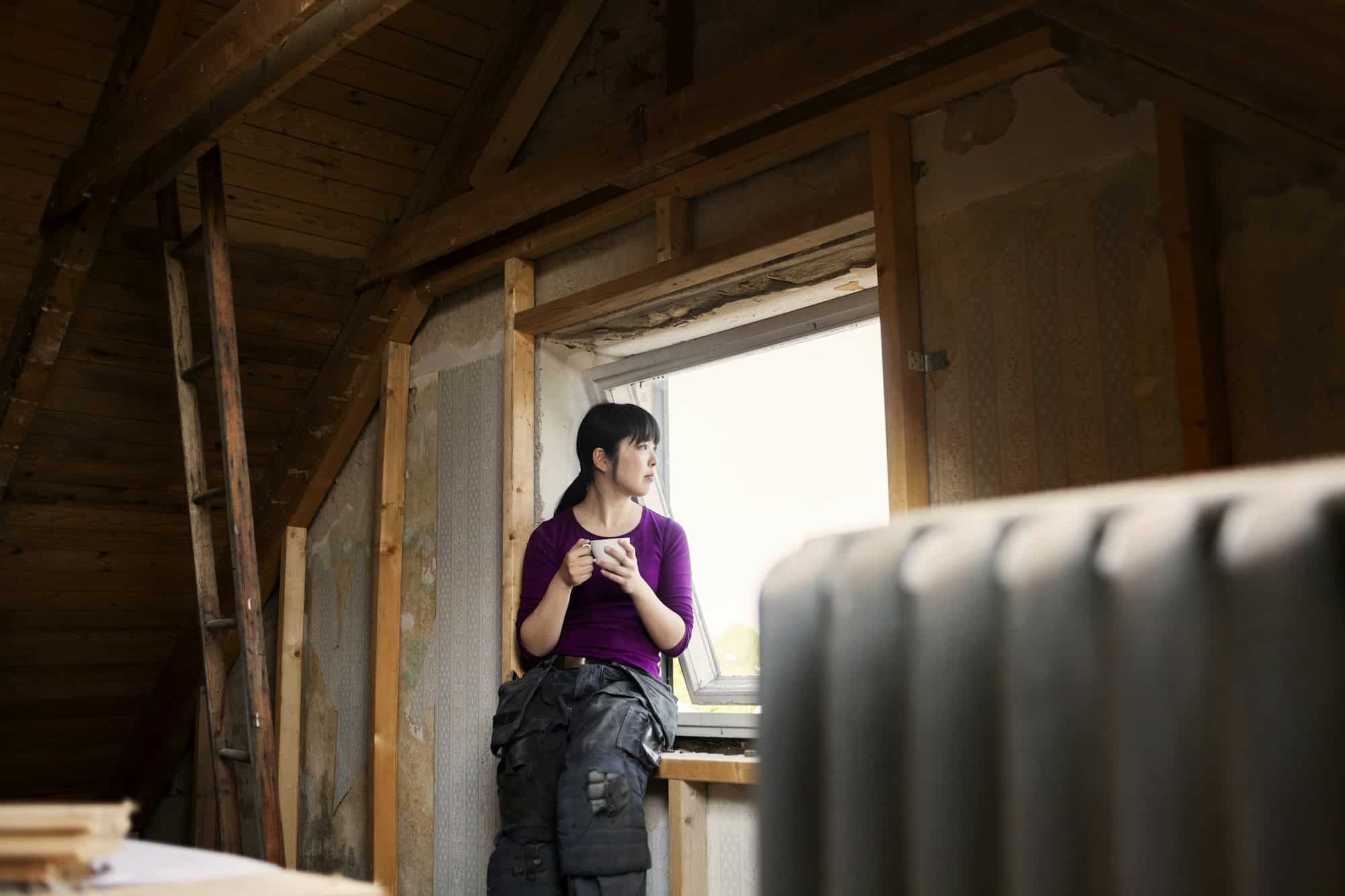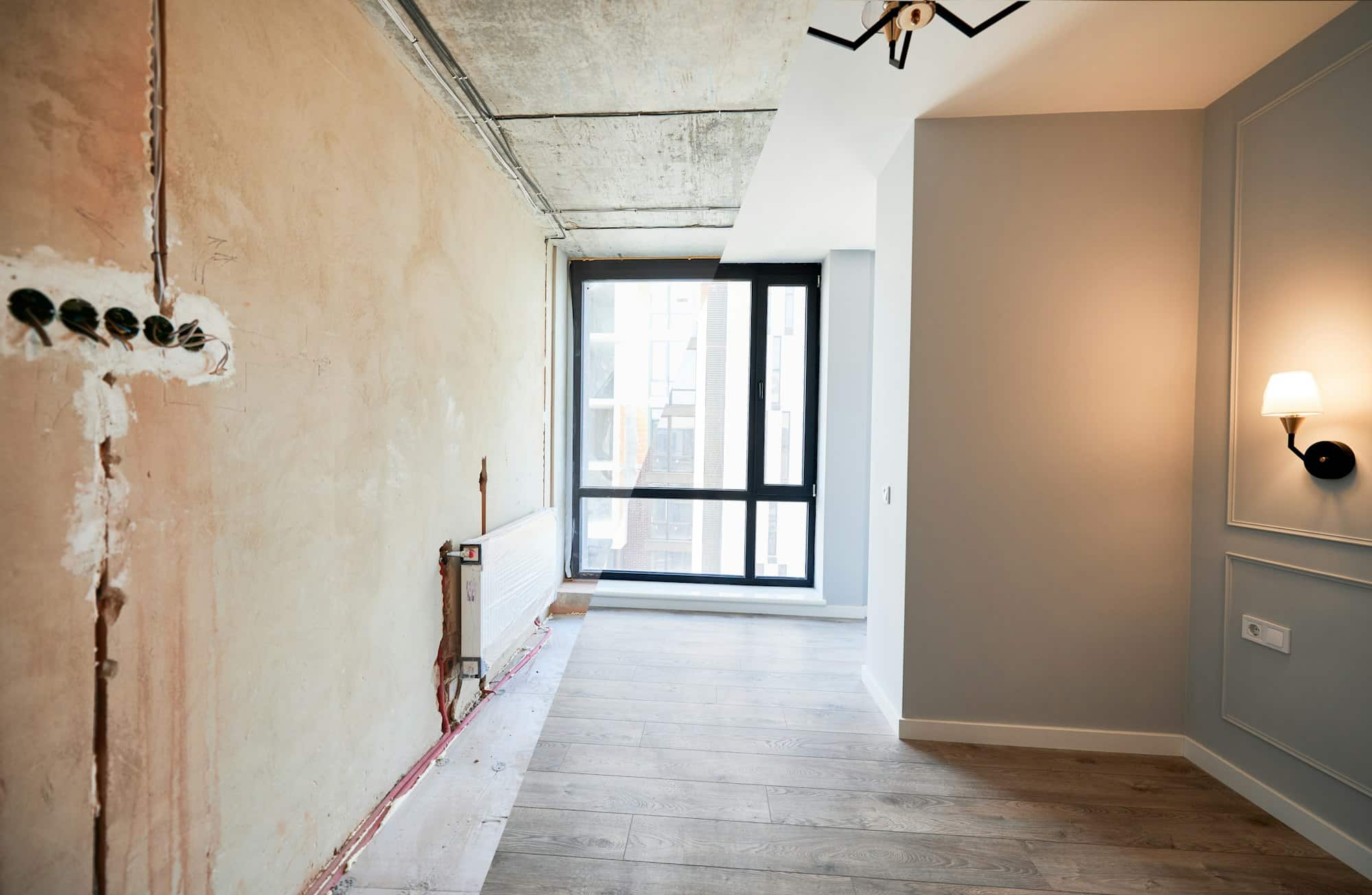Transforming your living space into a cozy, stylish, and functional haven doesn’t always require a professional interior designer. With a bit of creativity, some essential tools, and a passion for improvement, you can achieve stunning results on your own. Whether you’re a seasoned DIYer or just starting, these home decorating tips will guide you through creating a space that reflects your personality and style.
Benefits of DIY Home Decorating
Many homeowners find the prospect of DIY home decorating both exciting and rewarding. Here are some of the key benefits:
- Cost-Effective: One of the most significant advantages is the potential cost savings. By doing the work yourself, you can avoid expensive labor costs and choose budget-friendly materials.
- Personalization: DIY projects allow you to infuse your personal style and preferences into your home decor, ensuring a unique and personalized living space.
- Flexibility: You have complete control over the timeline and can work at your own pace, making it easier to fit projects into your busy schedule.
- Skill Development: Engaging in DIY projects helps you develop valuable skills that can be applied to future home improvements and repairs.
- Satisfaction: There is a unique sense of accomplishment that comes from completing a project with your own hands, boosting your confidence and satisfaction.
Key Elements of Successful DIY Home Decorating
To ensure your DIY home decorating projects are successful, consider focusing on these key elements:

1. Planning
A well-thought-out plan is the foundation of any successful DIY project. Start by identifying the areas you want to improve and set clear goals. Create a detailed budget and timeline to keep your project on track.
2. Inspiration
Gather inspiration from various sources such as home decor magazines, Pinterest, and Instagram. Create a mood board to visualize your ideas and ensure a cohesive design.
3. Tools and Materials
Having the right tools and materials is crucial. Invest in quality tools that will make your work easier and more efficient. Make a list of the materials you’ll need and source them from reliable suppliers.

4. Color Scheme
Choosing the right color scheme is essential for creating a harmonious and inviting space. Consider factors such as room size, lighting, and the mood you want to convey. Use color swatches and samples to test different options before making a final decision.
5. Furniture and Layout
Furniture plays a significant role in the overall look and functionality of a room. Choose pieces that fit your style and provide comfort. Experiment with different layouts to find the most efficient use of space.
6. Lighting

Good lighting can transform a room. Incorporate a mix of natural and artificial lighting to create a well-lit and inviting atmosphere. Use lamps, pendant lights, and candles to add warmth and ambiance.
7. Accessories and Decor
The finishing touches can make a significant impact. Choose accessories and decor items that complement your overall design. Consider elements such as artwork, rugs, cushions, and plants to add personality and texture to your space.
Challenges and Solutions
While DIY home decorating can be rewarding, it also comes with its own set of challenges. Here are some common challenges and solutions:
1. Limited Budget
Challenge: Sticking to a budget can be difficult, especially if you have grand visions for your project.
Solution: Prioritize your spending by focusing on high-impact areas first. Look for cost-effective alternatives and consider upcycling or repurposing existing items. Shop during sales and use discount codes whenever possible.
2. Time Constraints
Challenge: Finding time to work on DIY projects can be challenging, especially with a busy schedule.
Solution: Break your project into smaller, manageable tasks that can be completed over time. Set aside dedicated time each week to work on your project and stay committed to your schedule.
3. Lack of Experience
Challenge: If you’re new to DIY, you may feel overwhelmed by the complexity of certain tasks.
Solution: Start with simple projects to build your confidence and skills. Use online tutorials, workshops, and forums to learn new techniques and seek advice from experienced DIYers.
4. Finding the Right Tools
Challenge: Not having the right tools can hinder your progress and affect the quality of your work.
Solution: Invest in a basic set of quality tools that will serve multiple purposes. Borrow or rent specialized tools for specific tasks to avoid unnecessary expenses.
Conclusion
DIY home decorating is a fulfilling way to enhance your living space while expressing your creativity and personal style. By planning carefully, gathering inspiration, and addressing common challenges, you can achieve professional-looking results without breaking the bank. Remember, the key to success is patience, persistence, and a willingness to learn. Happy decorating!

Frequently Asked Questions
1. How can I choose the right color scheme for my room?
Choosing the right color scheme involves considering several factors such as the size of the room, the amount of natural light, and the mood you want to create. Start by selecting a primary color and then choose complementary colors that enhance the overall look. Use color swatches and samples to test different combinations. If you’re unsure, neutral colors are always a safe bet and can be accented with bolder colors through accessories and decor.
2. What are some budget-friendly home decorating ideas?
There are many ways to decorate your home on a budget. Consider DIY projects such as painting furniture, creating your own artwork, or repurposing old items. Shop at thrift stores and garage sales for unique finds. Use discount codes and shop during sales to save on new items. Additionally, focus on high-impact areas such as walls, flooring, and lighting to make a significant difference without spending a lot.
3. How can I make a small room look bigger?
To make a small room look bigger, use light colors on the walls and ceiling to create a sense of openness. Incorporate mirrors to reflect light and create the illusion of more space. Choose furniture that is proportional to the room size and avoid clutter. Opt for multi-functional furniture pieces and maximize vertical space with shelves and storage solutions. Good lighting is also crucial in making a small room feel more spacious.
4. What should I consider when buying furniture for my home?
When buying furniture, consider factors such as style, comfort, durability, and functionality. Choose pieces that complement your overall design and fit well within the space. Measure your rooms to ensure the furniture will fit correctly. Look for quality materials and craftsmanship, especially for items that will see heavy use. Additionally, consider your lifestyle and choose furniture that meets your needs, such as stain-resistant fabrics for homes with children or pets.
5. How can I incorporate personal style into my home decor?
Incorporating personal style into your home decor involves choosing elements that reflect your tastes and interests. Display personal items such as photographs, souvenirs, and artwork that have special meaning to you. Choose colors, patterns, and textures that you love. Mix and match different styles to create a unique and eclectic look. Ultimately, your home should be a reflection of who you are, so don’t be afraid to experiment and have fun with your decor.
6. What are some common mistakes to avoid in DIY home decorating?
Common mistakes in DIY home decorating include not having a clear plan, underestimating the time and budget required, and not investing in quality tools. Avoid over-cluttering your space and be mindful of scale and proportion when choosing furniture and decor. Additionally, take the time to prep surfaces properly before painting or applying finishes to ensure a professional-looking result. Finally, don’t be afraid to ask for help or seek advice when needed to avoid costly mistakes.








